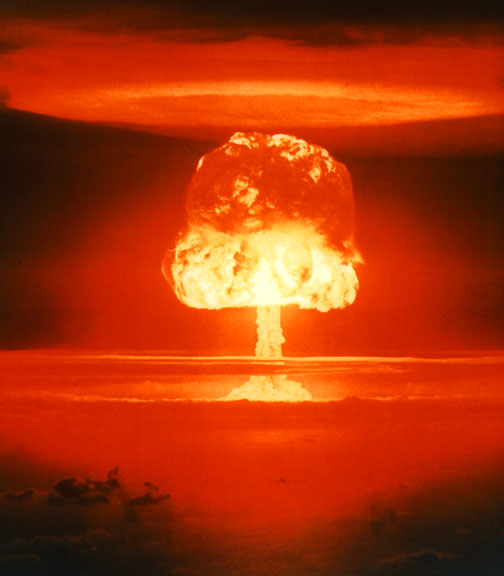Some
of the most obvious vortices that we see are
Hurricanes. They one of the strongest forces on Earth reaching
150 mph
gust winds and can have a path of destruction up to 200-500 wide.
|
Hurricanes
|
How Do Hurricanes Work?
These tropical storms start forming when a lot of evaporation occurs, and thunderstorms form. If they are above the equator they will start to rotate counter-clockwise. Heat, instability and the warm ocean fuel the storm and can possible turn the storm in to a hurricane. As the storm moves farther and further away the velocity of the increases.

The "eye" forms in the middle of
the storm where the pressure is the
lowest. Inside it is surprizingly calm compared to the voilent winds
just out side of the
eye. As warm, moist air rises
near the eye of the storm, it spreads, cools, and falls. As the storm
progresses, warm, moist air is directed to a
lower pressure zone near the eye,
that maintains the high pressure zone.
The lower pressure zone is higher up where the cooled air is allowed to
flow outward, away from the storm's center.
Top of the Eye of a Storm
Similar to Hurricanes are Tornadoes. The Unites States is known to be the most Tornado prone country in the world averaging 750 a year. They can reach winds from 34 mph up to 300 mph. Some last for hours while most last for only a few seconds.
| Great Red Spot |
|
 |
Largest weather system in our solar system is a huge, slowly rotating storm very similar to the hurricanes we have here on earth but there are a few key differences. First the size of this 300 year old storm is almost twice the size of earth, and the pressure inside is high compared to the low pressure inside hurricanes here on earth. http://www.sciencenet.org.uk/database/phys/astronomy/solarsystem/Jupiter/p00956b.htm |
| http://heritage.stsci.edu/1999/29/index.html |







